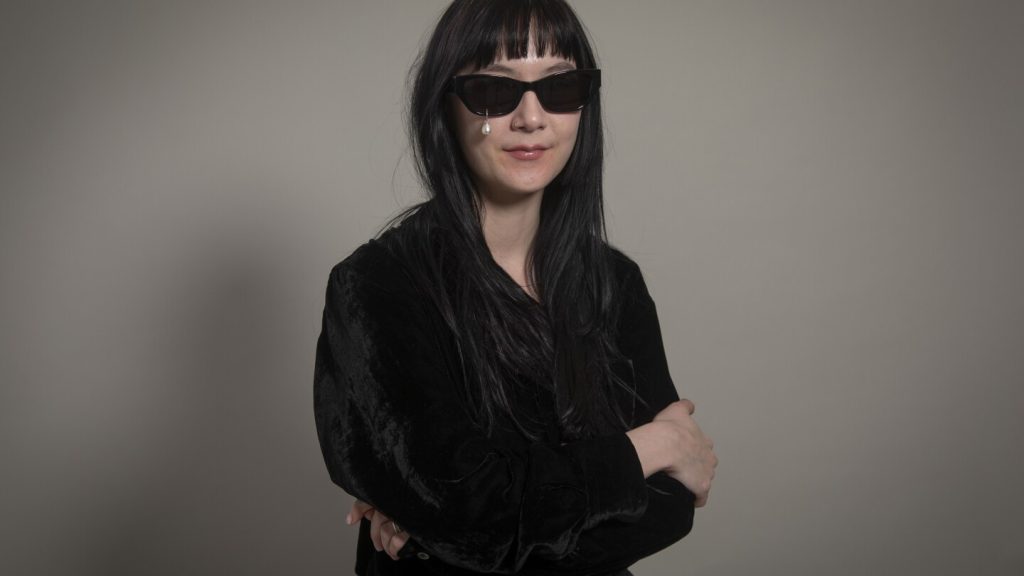“All of my ghosts are real, all of my ghosts are my home,” Michelle Zauner, the frontwoman of Japanese Breakfast, expresses through her unique blend of sweetness and melancholy.
Four years back, Zauner’s Grammy-nominated album “Jubilee” coincided with the release of her acclaimed memoir “Crying in H Mart,” which navigated her passion for Korean cuisine and the loss of her mother, marking a successful period for her. However, the accompanying film adaptation she wrote hit a roadblock due to Hollywood strikes, leading to a halt and a later complete stoppage when actor and director Will Sharpe exited the project.
In light of these events, Zauner created new music and retreated to Seoul, where she delved into the Korean language and culture, topics that will feature in her forthcoming second book.
Zauner spoke with The Associated Press about her latest studio album, “For Melancholy Brunettes (and Sad Women),” which is set to release on Friday. The album is a rare blend of intellectual depth and emotional sincerity, showcasing an artist who has achieved just enough commercial success to allow her indie vision to flourish.
AP: The album cover resembles an elaborate painting, featuring a skull, flowers, oysters, and a tray of bloody guts. What inspired this idea?
ZAUNER: I wanted to appear on the album cover without revealing my face. After the journey that followed “Jubilee,” I felt a natural urge to shift focus away from myself and concentrate on the work instead. I’ve noticed many artworks depict women slumped over tables, engulfed by their sadness. In my cover, I present a vision of this collapsed, spoiled figure amidst indulgence yet still feeling miserable.
AP: Melancholy is a recurring theme in your new music. How would you describe the sadness you intended to convey?
ZAUNER: My interpretation of melancholy now intertwines with my thoughts on time and its passage. I aim to express a contemplative grief—less about heartache and more about the tension of fleeting moments. This creates a feeling of being on edge, which I believe is conveyed through the music’s chord progressions and changes that add an eerie quality I was trying to capture.



